Thanks to its history, Slovenia combines the Christmas customs of the East and the West in an exciting way.
Why do Slovenians light three candles on Christmas Day?
What is potica, and how is it prepared?
Why is it worth visiting Postojnské jeskyné in December?
The following lines will teach you more about how Christmas is celebrated in Slovenia.
When is Christmas celebrated in Slovenia?
Christmas in Slovenia is primarily a family holiday. Usually, on Christmas Day, December 24, the family gathers for Christmas Eve dinner, and religious people go to midnight mass.
Slovenians call Christmas Day Sveti večer (holy evening). A common custom is for families to light three candles representing the Father, Son, and Holy Spirit of the Trinity and place them in the wheat grass.
On Christmas Eve, Slovenians usually visit friends and go out for some family activity. Around New Year’s Eve, some families still observe the Santa Claus tradition.
Christmas wreaths are hung on the doors, and advent wreaths are placed on the tables. Many Slovenians set up nativity scenes and decorate Christmas trees in their homes.
Do you know Slovenian Christmas traditions?
In the past, it was common for people to decorate their rooms for Christmas, člić in Slovenian, with decorations made from evergreen plants and fruits of nature, such as beans strung on a string or ears of wheat. The decorations represented the joy of the rich harvest in the previous year and, at the same time, the hope that the coming year would be fruitful as well.
An ancient custom still followed today is the planting of wheat grains. It symbolizes hope and luck in the coming year if it sprouts before Christmas.
Since the 19th century, Christmas in Slovenia has been associated with the tradition of nativity scenes, characterized by rich creativity. Under the tree, you can build a nativity scene made of straw, porcelain, or wood. Living nativity scenes, which you can visit in the caves during the festive season, offer a completely extraordinary experience.
In terms of decorations, in addition to Christmas trees, wreaths are standard, not only Advent wreaths with four candles but also wreaths used to decorate doors and windows.
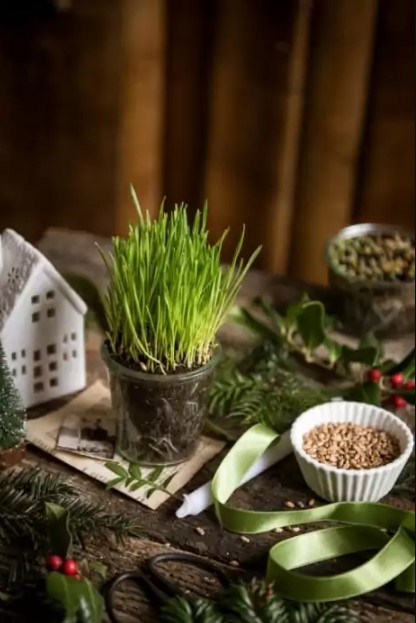
Who brings the children’s presents?
From the beginning of December to the beginning of January, Slovenian children can look forward to three gifts. Santa Claus, known as Miklavž, brings the first gifts. On the eve of Saint Nicholas Day, it is a tradition to put baskets, shoes, or stockings on the windowsill or on the table.
He presents good children with sweets, toys, and money. Naughty children can expect a visit from Parkelje, who usually leaves them a cane or a sock with coal.
The modern Santa Claus comes from the story of St. Nicholas. The Slovenian Santa Claus brings presents on the evening of December 24.
On December 31, the third of Slovenia’s “gift bearers,” Santa Claus, arrived when Slovenia was part of Yugoslavia. Unlike Santa Claus, Santa doesn’t leave presents under the tree but hands them out personally at New Year’s gatherings.
Discover similar tips
What is eaten in Slovenia at Christmas?
Some people still maintain the tradition of fasting. Thus, on Christmas Day, only meatless dishes such as pulses, cereals, cod with polenta, and potato soup are served for dinner. The meat arrives only after midnight.
Examples are the killer delicacies kravavica and pechenica, reminiscent of our intestines and sausages, roasted pork leg, and roasted turkey or rooster with stuffing. Baked potatoes and sauerkraut are most often served as a side dish.
A unique dessert served after dinner is a walnut roll called potica. This delicacy is baked in a round form resembling a cake; only after cutting it open do we discover that it is a strudel. It is traditionally baked for Christmas with a nut filling, but many other variations exist.
Another Christmas dessert is the Christmas circle. Mulled wine is the most famous Christmas drink in Slovenia.
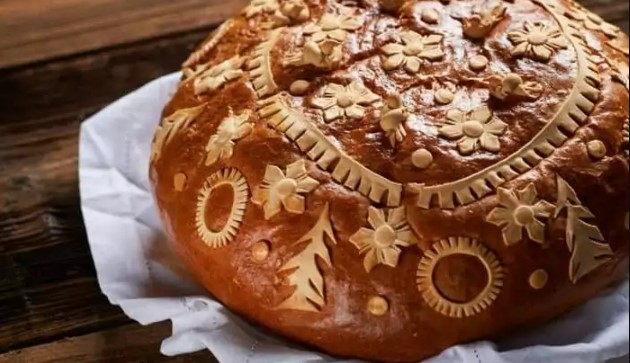
How to bake the potica?
The history of this dish dates back to the Middle Ages. By the way, in the Italian regions on the border with Slovenia, there is a richer variant of putizza, which also contains chocolate, small pieces of biscuits, citrus peel, sultanas, almonds, pine nuts, and sometimes jam.
Ingredients:
Dough
- 4 cups all-purpose flour
- 1 1/2 cup of whole milk
- 1 oz fresh yeast
- 1/2 cup of butter
- 2 tablespoons of granulated sugar
- 1 teaspoon of salt
- 3 egg yolks
Filling
- 2 1/2 cups of walnuts
- 1/2 cup of milk
- 1 cup of honey
- 1/4 cup of granulated sugar
- 1 egg
- cinnamon
- icing sugar
Method:
- Start by crushing the yeast and dissolving it in warm milk, a teaspoon of sugar, and two tablespoons of flour.
- Leave to rest in a warm place for at least half an hour.
- Next, mix the flour, salt, milk, yeast, eggs, and butter in a large bowl.
- Knead the dough until it is smooth and elastic.
- Cover the dough with a towel and let it rise warmly for about 45 minutes.
- Meanwhile, prepare the filling.
- Grind the walnuts and cover them with warm milk.
- Then, heat the honey to a liquid consistency and add it to the nut mixture, sugar, and cinnamon.
- Roll out the dough to a thickness of about half a centimeter.
- Add eggs to the filling and mix well.
- Spread the filling on a sheet of dough and roll it tightly.
- Grease the mold, put the dough in it, and leave it to rise for another 30 minutes.
- Finally, brush with beaten egg and bake in an oven preheated to 354°F for about 60 minutes.
Remove the pan from the oven and let it rest for at least half an hour before turning it out. Sprinkle with powdered sugar before serving.
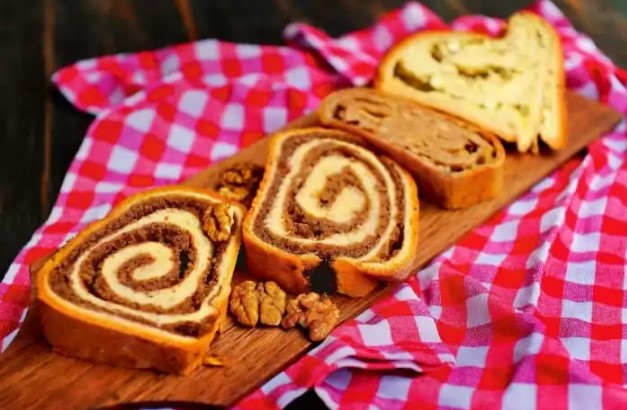
What places should you visit in Slovenia at Christmas?
Slovenian cities will enjoy rich Christmas decorations full of lights that will give them a magical atmosphere. A visit to the famous Slovenian caves offers a unique experience.
- Postojna Caves, the second-longest cave system in Slovenia, attracts visitors every year to a unique living nativity scene. The underground space has a unique atmosphere and beautiful stalactite decoration.
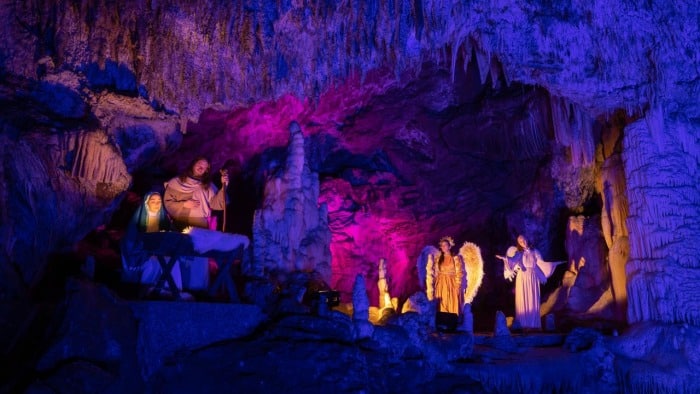
- Ljubljana—The center of Christmas in Ljubljana is primarily Prešeren Square, where affluent Christmas markets are held annually. The most famous nativity scene is located in the local Franciscan church. The banks of the Lublaňka River are beautifully lit up, and local stalls offer a range of traditional Slovenian Christmas delicacies.
- Maribor – Slovenia’s second-largest city, focuses on picturesque street events. Various concerts are held on Trg Leona Stuklja Square, and a Christmas village is also prepared for visitors. The most critical events in Maribor also include the Fairytale City, which offers music and street theater.

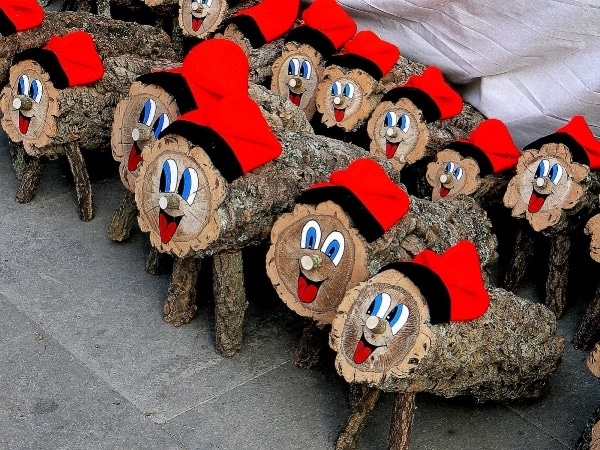
 Milan & Ondra
Milan & Ondra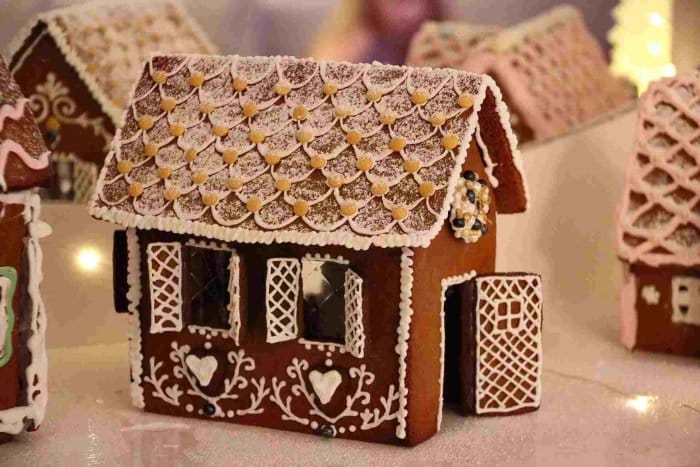
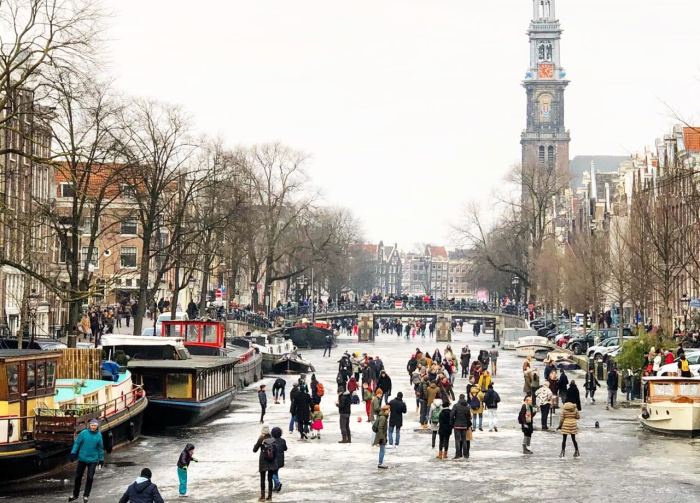
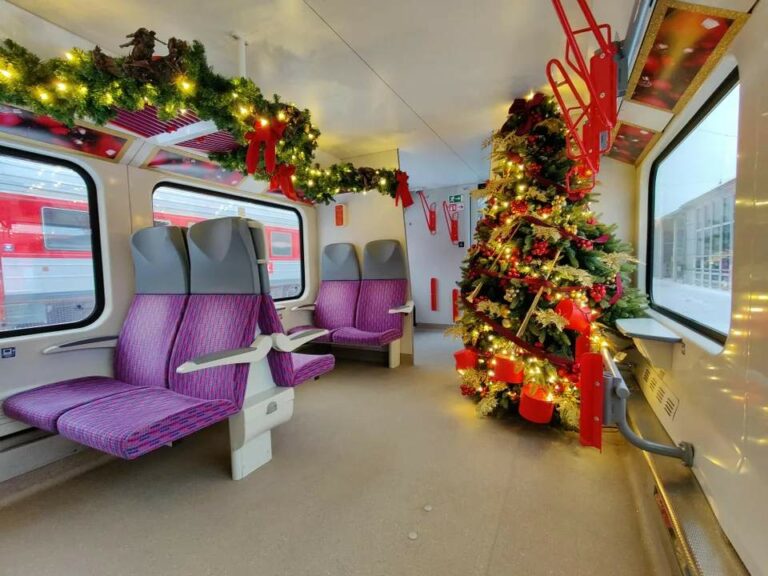
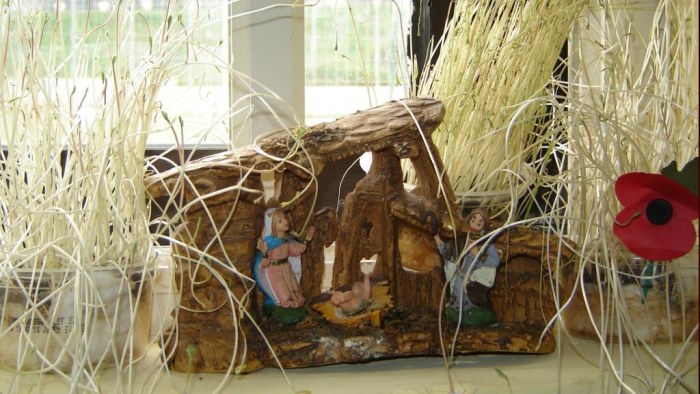
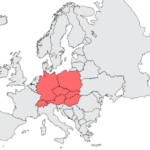 Central Europe
Central Europe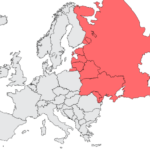 Eastern Europe
Eastern Europe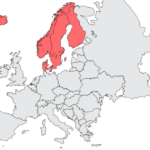 Northern Europe
Northern Europe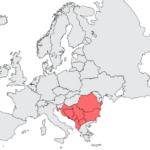 Southeast Europe
Southeast Europe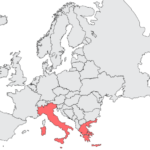 Southern Europe
Southern Europe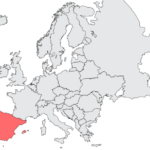 Southwestern Europe
Southwestern Europe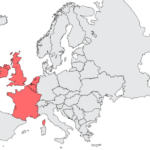 Western Europe
Western Europe